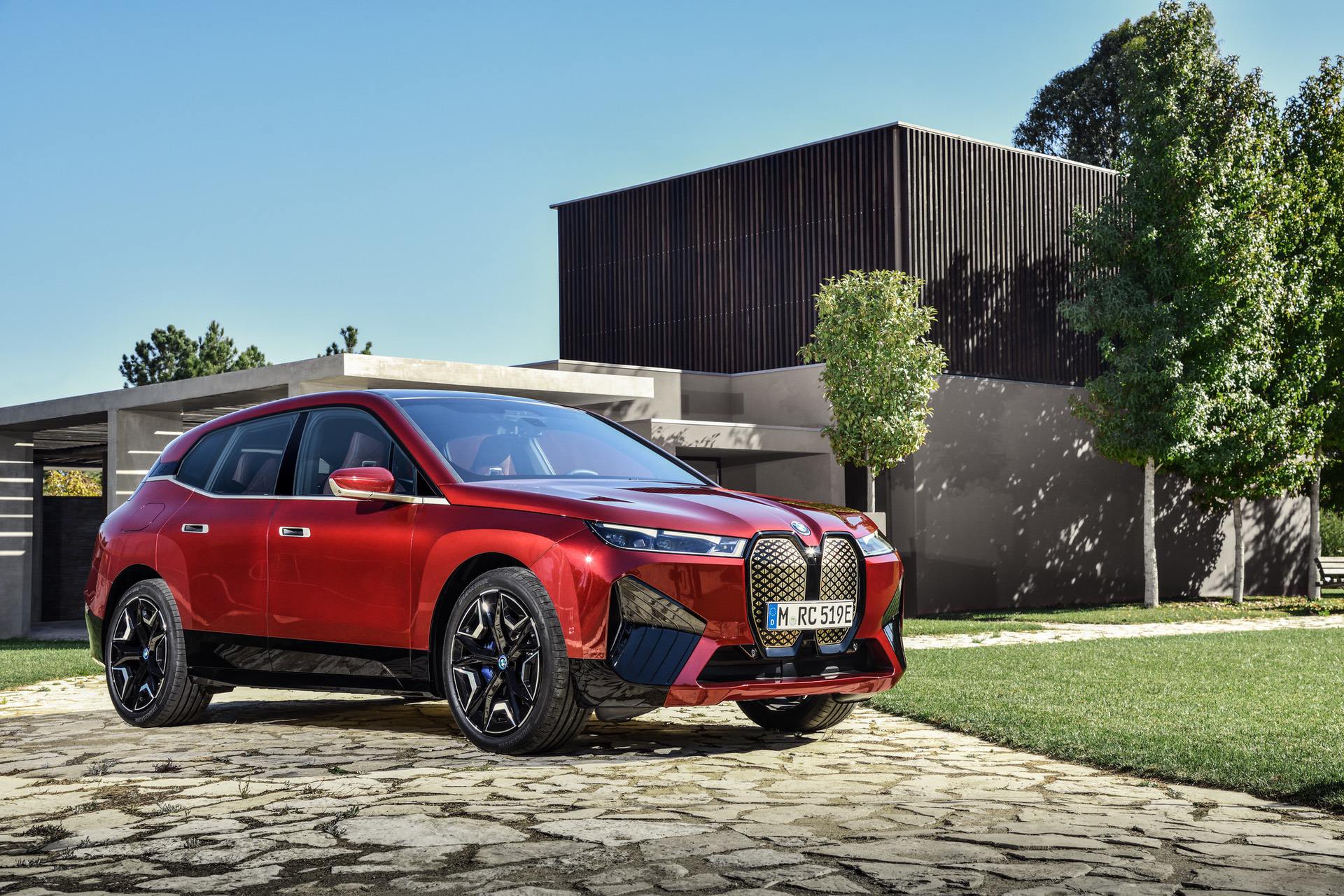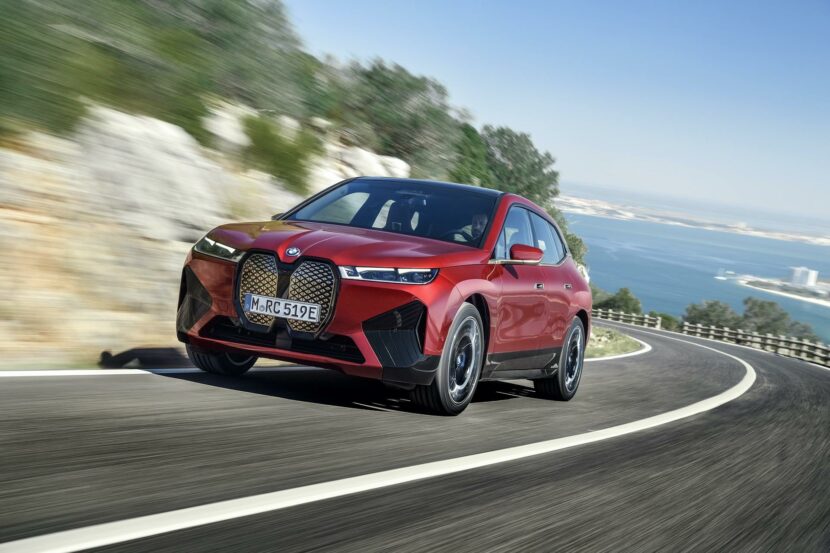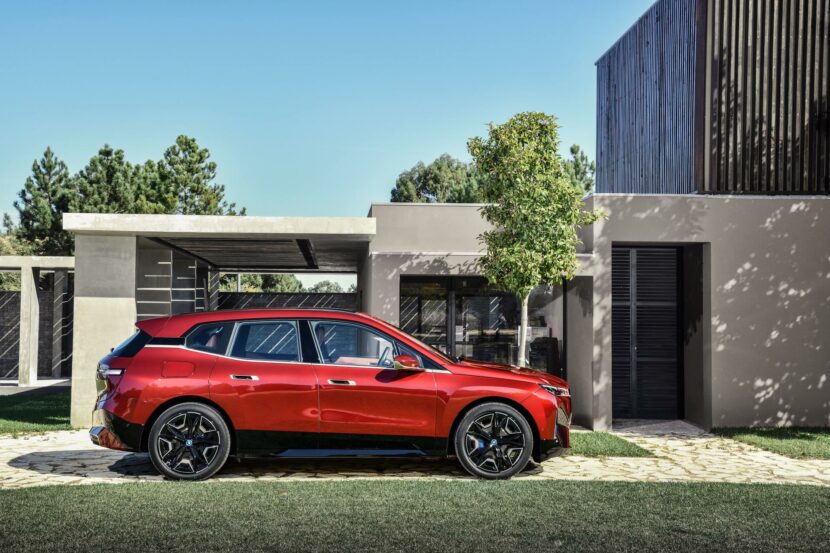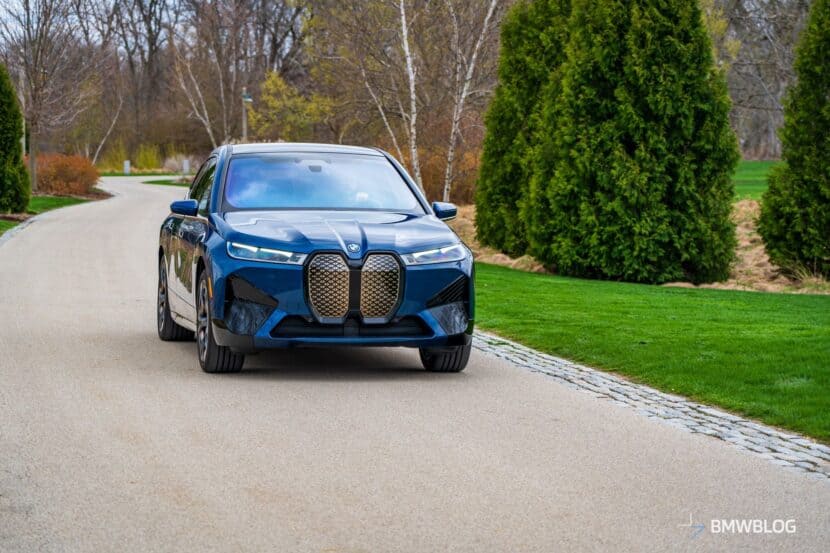Mass electrification is on its way. While it might take a decade or two for the majority of drivers around the globe to switch over to electric vehicles, it’s happening sooner or later. To cope with the added demand of automotive electrification, infrastructure needs to be updated, which is a main focal point for many critics of the electric takeover. Many car enthusiasts are skeptical as to whether or not our power grids can be updated and upgraded in time to the point of being able to handle such an electric switch. So can they?
In this new video from Engineering Explained, host Jason Fenske talks about the grid, the amount of extra energy that will likely be needed, how we can make that energy and how soon it might be realistic. Surprisingly, using actual maths, Fenske explains that not only is it possible to upgrade the grids in time but that they actually don’t need too much upgrading at the moment.
Using some math that’s simple to him but actually started to make my eyes twitch at different intervals, Fenske determines that the amount of additional energy required if every American were to switch to EVs would be around 1.25 trillion kWh. That’s around a thirty percent increase from what we currently produce. If you look at how much energy we were producing in the 1960s and measure the rate of energy production increase to today, it would only take around six and a half years to upgrade our grids to produce an extra 1.25 trillion kWh at the same rate.
Considering we’re nowhere near 100-percent EV adoption, and won’t be for at least another decade and a half, we don’t need to get it done in that much time. If we steadily increase our energy production and efficiency, by the time EV adoption is at 100-percent, we’re going to be just fine.
Fenske also points out that energy companies will be clever with their energy distribution, incentivizing off-hour charging for certain areas and day-time charging for areas with a lot of solar power, thus reducing the amount of energy increase needed.
If you’re interested in EVs and want to know how and when we’re going to make the electric switch, as we are, this video is a must watch. Fenske sort of demystifies the infrastructure problems that EVs will face in the future and proves that said problems are not only possible but they’ve been handled before. If we’ve done it before, and other countries like Norway are doing it now, then it can certainly be done again.







































































